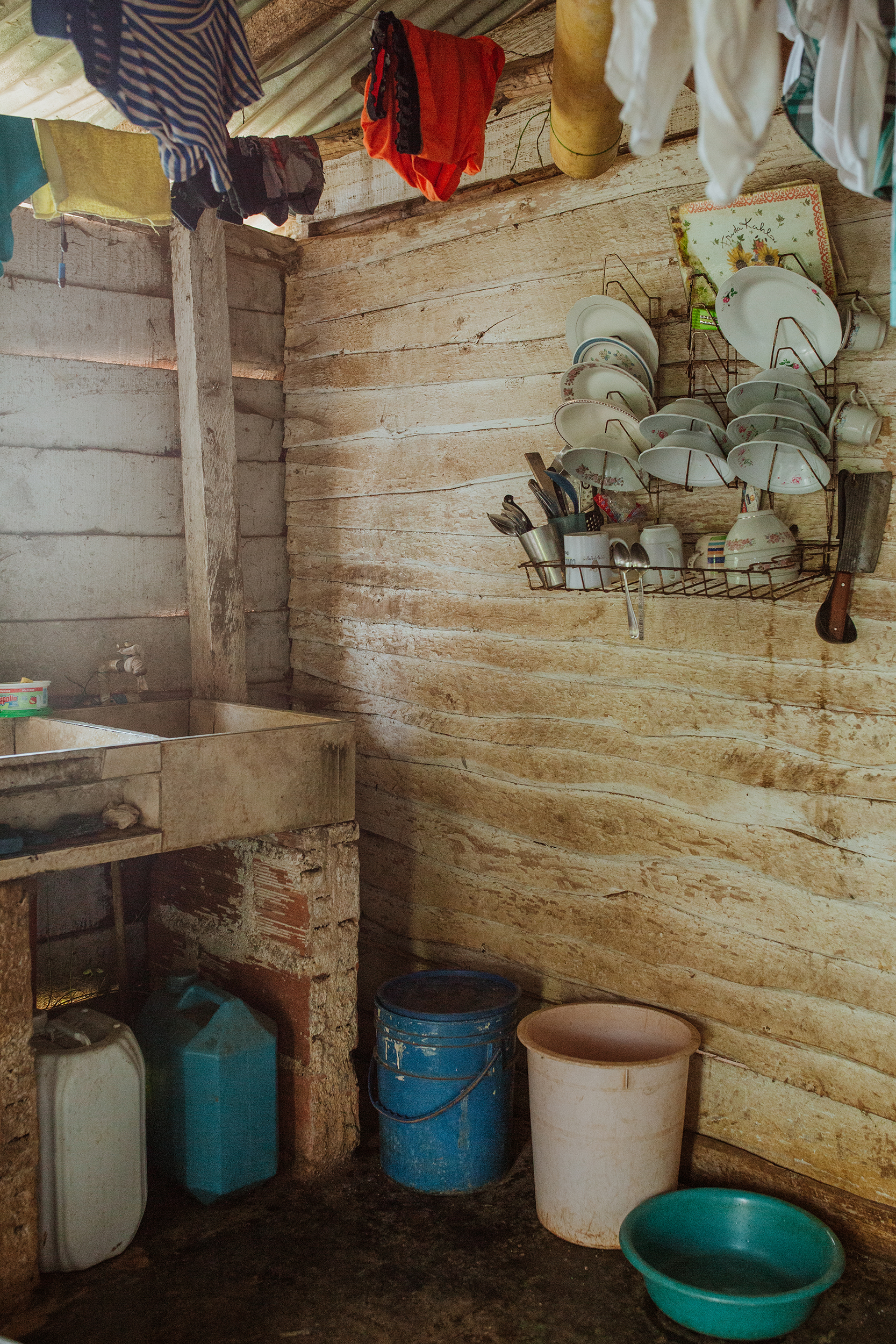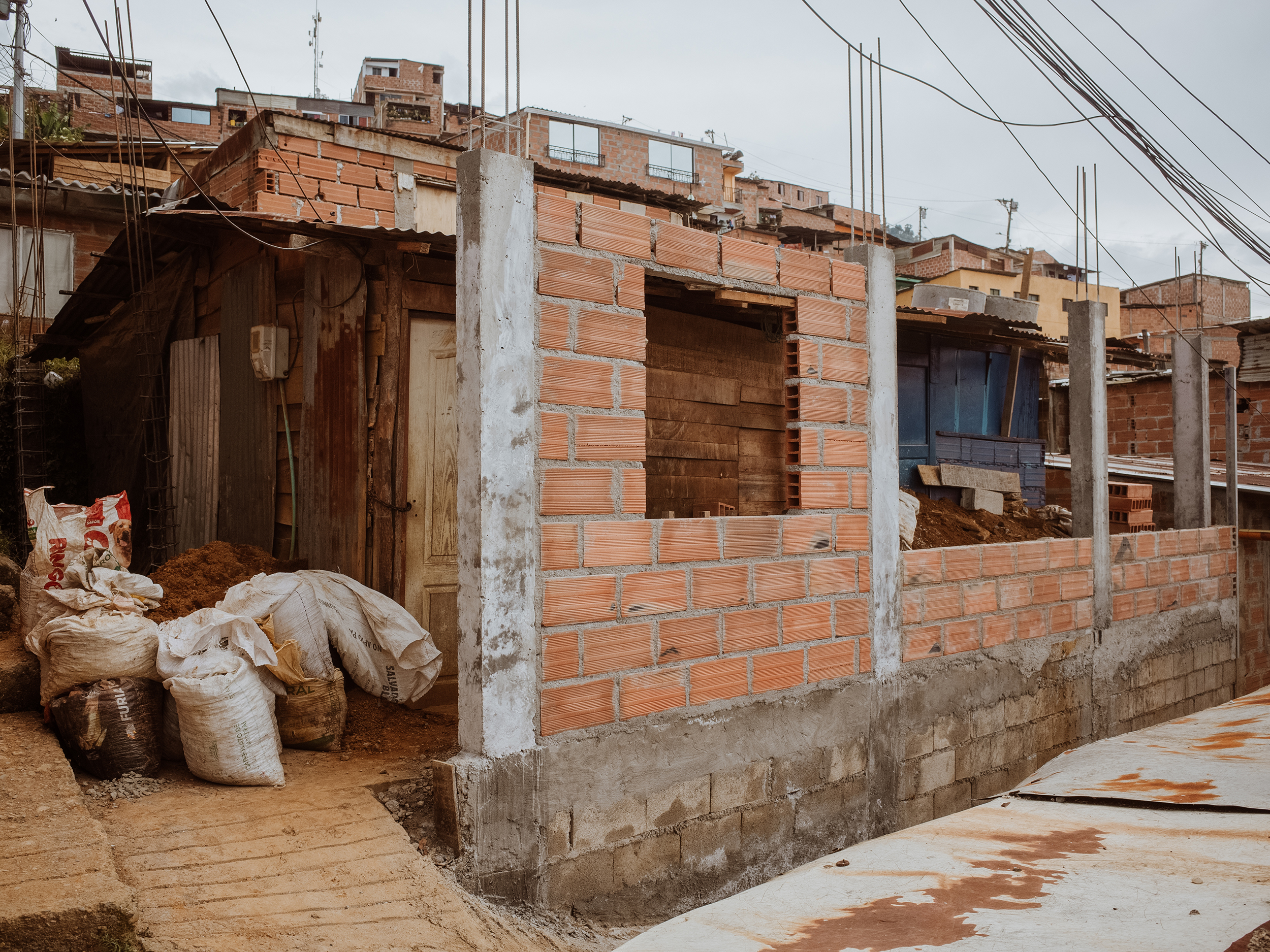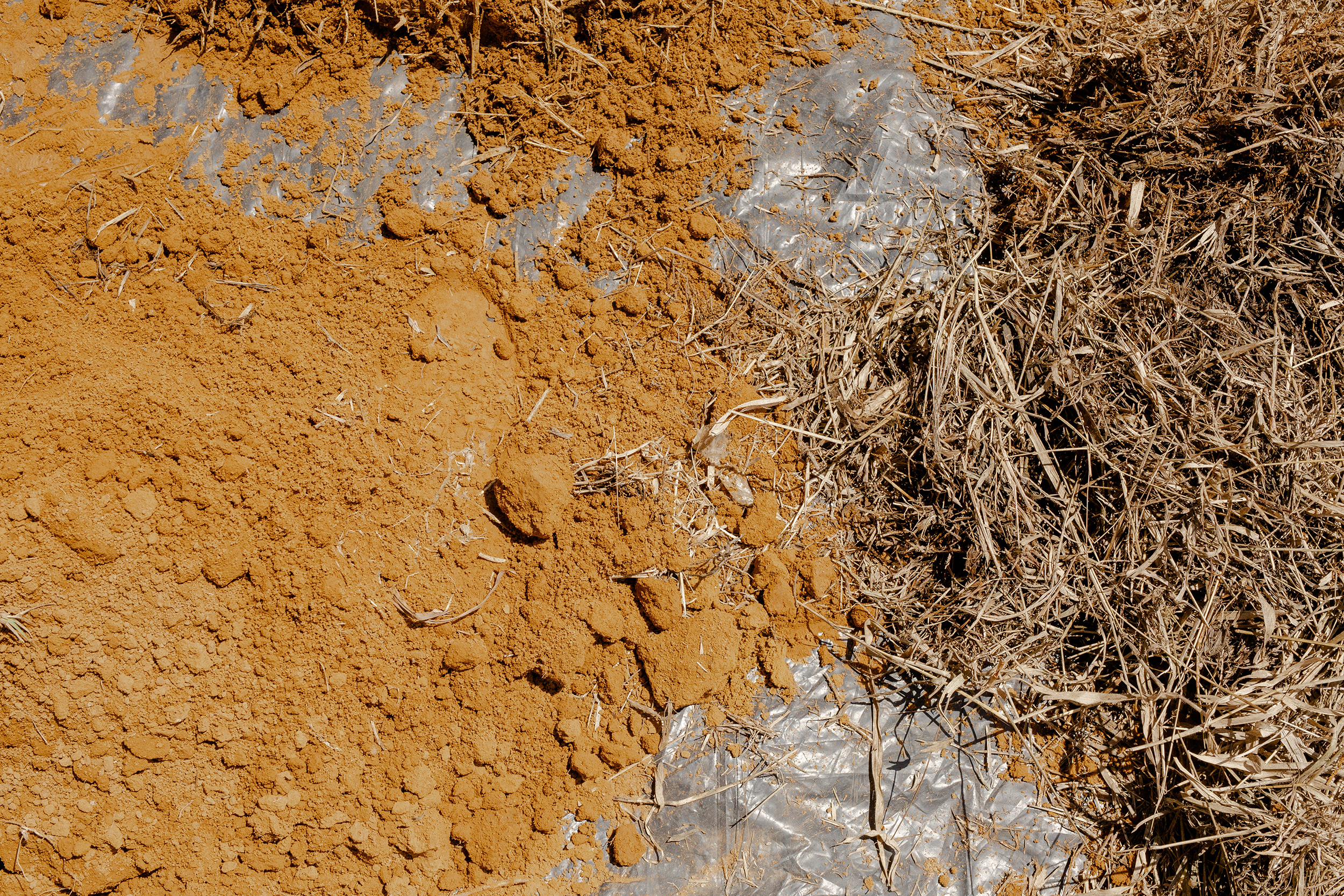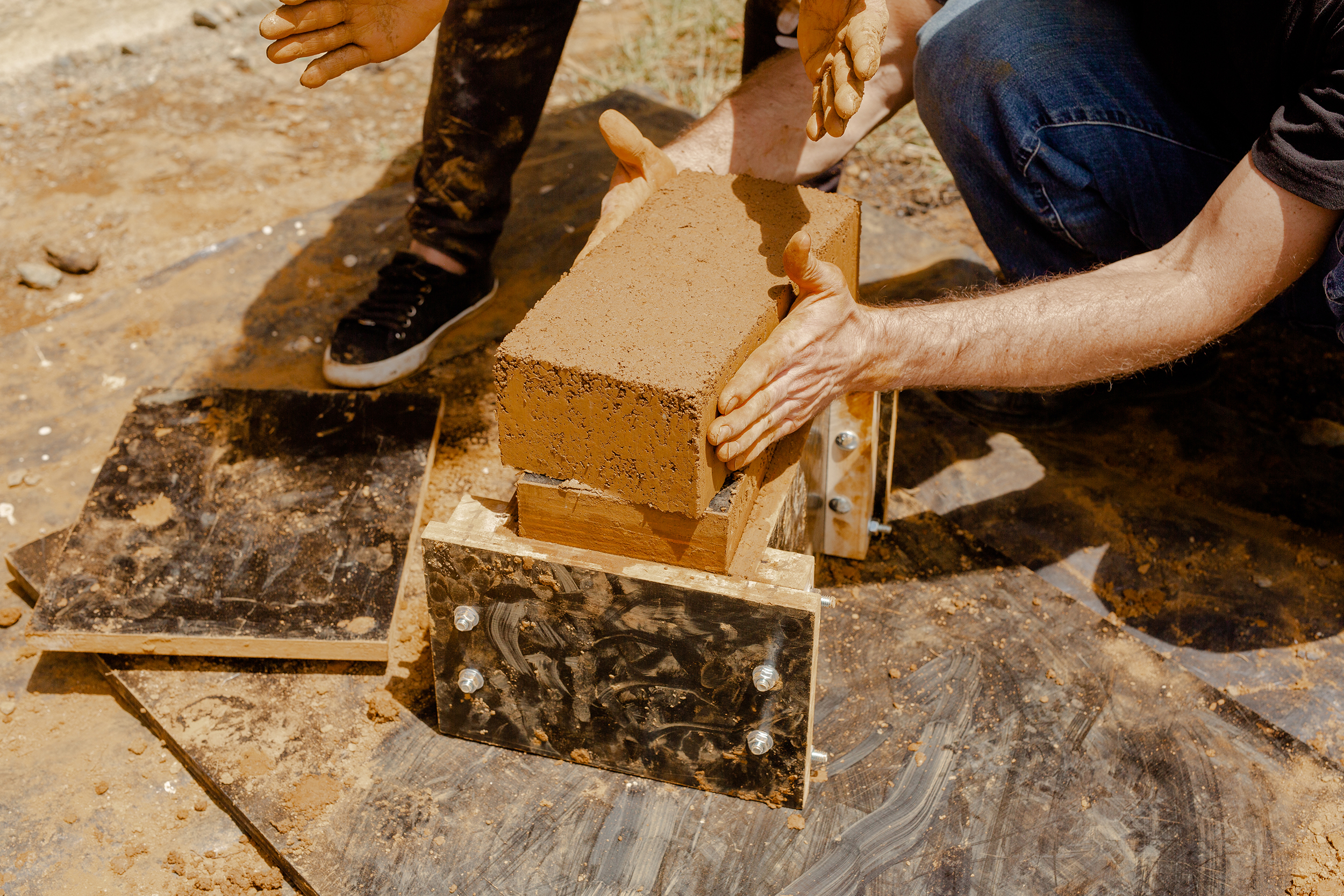Community Urbanism
Photo / Jack Farine
Between rapid urbanisation and displacement, the number of people living in informal settlements is growing. The UN estimates that by 2030, three billion people (about 40 percent of the world’s population) will be living in informal settlements and need access to adequate housing. Such growth requires thoughtful spatial interventions and radical housing solutions that are bottom-up, place-based and responsive to the needs of residents.
How can we better understand the needs and aspirations of people living in informal settlements? SPACE10’s design research lead Esteban Gómez visited Vereda Granizal — an informal settlement in Medellin, Colombia — to explore building approaches that are accessible, affordable and safe.
In Community Urbanism, a SPACE10 film, we unfold how habitat is created through community solidarity, material innovation, and the importance of designing with rather than for local people. The film follows our multiple visits to the Vereda Granizal, meeting with community leaders and residents in their homes, and interviewing researchers, architects, urban planners, NGOs, and public sector representatives to explore habitat solutions together.
Documentary Film
Community Urbanism
Informal settlements are often home to people who have been displaced by conflict, violation of human rights, natural disasters, and anthropogenic climate change. These housing conditions are often composed of inadequate and sometimes unsafe structures, situated at the edges of cities.
‘Informality is a problem of most, if not all, countries in the world,’ says Filipe Walter Correa, Colombia’s director of housing policy in the Ministry of Housing, City and Territory in 2020.
Vereda Granizal is an informal settlement on the outskirts of Medellin, with around 30,000 people and 5,000 houses. Around 90 percent of the community here are people who have been internally displaced due to the armed conflict.
‘Among the largest internal displacement situations globally, Colombia reports the highest number of internally displaced people, with 8.3 million from 1985 to 2020.’ — Global Trends Forced Displacement in 2020, UNHCR
Informal land occupation often forces people to move around the settlement before they can settle down in a more permanent way. The risk of relocation is always present, so people usually wait years before investing in materials for a house. Such temporariness affects not only people’s health and well-being, but the ability to earn an income, and the quality and safety of the structure they call home. The informal status of these settlements means people improvise basic infrastructure services such as water, energy, sewerage, and waste management.











Regardless of the difficult living conditions, when we visited Vereda Granizal, we found people who are optimistic with a desire to continue developing their territory — and stand against being relocated to big vertical social housing projects.
‘When you lose your roots due to forced displacement, you seek for a place to settle, somewhere to build again that territoriality.’ — Diana Àlvarez, resident of Vereda Granizal
Here in Vereda Granizal, houses are constantly changing and being improved through slow, progressive construction using low-quality and found materials. Building times are long as materials are bought little by little, month by month, because of limited financial resources and lack of access to credit. Throughout our multiple visits with the community, we found ourselves asking: how can we facilitate access to a dignified home?
‘This is the way this territory has been built, where the communities, little by little, brick by brick, are building their houses,’ Gómez says. ‘But what if those bricks are not bought, but manufactured here?’
Solidarity in action
The people of Vereda Granizal have a local methodology for collaborative placemaking: the combite. The Spanish expression means an invitation to participate in collectively building their community — from the bottom-up.
It’s centred around sancocho, a traditional soup cooked on firewood made from communal ingredients. ‘The combite is where the community gathers and each person contributes what they have — be it knowledge, materials, or bringing ingredients for the sancocho — then the community works together towards a common goal,’ Gómez says.
The combite reiterates that something as humble as a soup can become an incredibly important tool, uniting a community to build a road, home, shop or public space. With the combite, work can be achieved faster and with more well-rounded solutions thanks to input from multiple hands and minds.
‘Communities in informal settlements come together regardless of their differences to build their territories. Their diversity becomes their greatest strength as they bring different perspectives to face their daily challenges in very innovative ways,’ Gómez says.

Photo / Mateo Soto
Our invitation
Through interviews and neighbourhood visits, we identified that bricks are central to building this territory. They enable the community to build homes, schools, and health centres brick by brick over time — as resources become available. However, purchasing bricks in the city or from small brick or cement block factories is often costly and time-intensive.
We asked the community and its construction workers if we could explore making bricks and do a combite together. The answer was yes! We experimented by combining our tools with the community’s traditional building techniques to make local knowledge more easily replicable, shareable and efficient. ‘It’s a very diverse territory, where there is much knowledge that has been developed over the years,’ Gómez says. By modifying existing open-source blueprints, we built a DIY compressed earth block machine and a wooden mould, so together we could test initial concepts and make bricks.
We tried different recipes by mixing natural and recycled materials together. The best bricks combined local earth with five percent cement as a binder. We began by making one brick every 1.5 minutes with one mould, and realised that with three moulds and four people we could make one brick every 30 seconds.











We learned that by empowering local communities, valuing their ideas, and co-developing them further, we can make a great impact using local resources, labour and knowledge to co-build more resilient and regenerative territories, and improve their quality of life.
Film production /
Director, researcher and interviewer / Esteban Gómez
Videographer / Carlos Garcia, Pavo Real Films
Videographer and drone pilot / Jack Farine, Pavo Real Films
Video editor / Luis Villegas, Pavo Real Films
Photographer / Mateo Soto
Copy / Lindsey Rendall, Kathryn Bishop
Interviewees /
Vereda Granizal Residents /
Jhon Jairo Yepez
Diana Àlvarez
Esmeralda Ulcue
Nora Pulgarin
Lizardo Correa
Jasmin Castro
Jesús Horacio Londoño
Architect and director Urbam / Alejandro Echeverri
Architect and project leader Urbam / Isabel Basombrío
Director, Fundación Berta Martínez de Jaramillo / Juan Sebastian Jaramillo
Architect / Ana Elvira Vélez
Director of Housing Policy, Colombian Housing Ministry 2020 / Felipe Walter Correa
Special thanks to the SPACE10 team for believing in this project and Felipe Mesa for connecting us with the Vereda Granizal community.